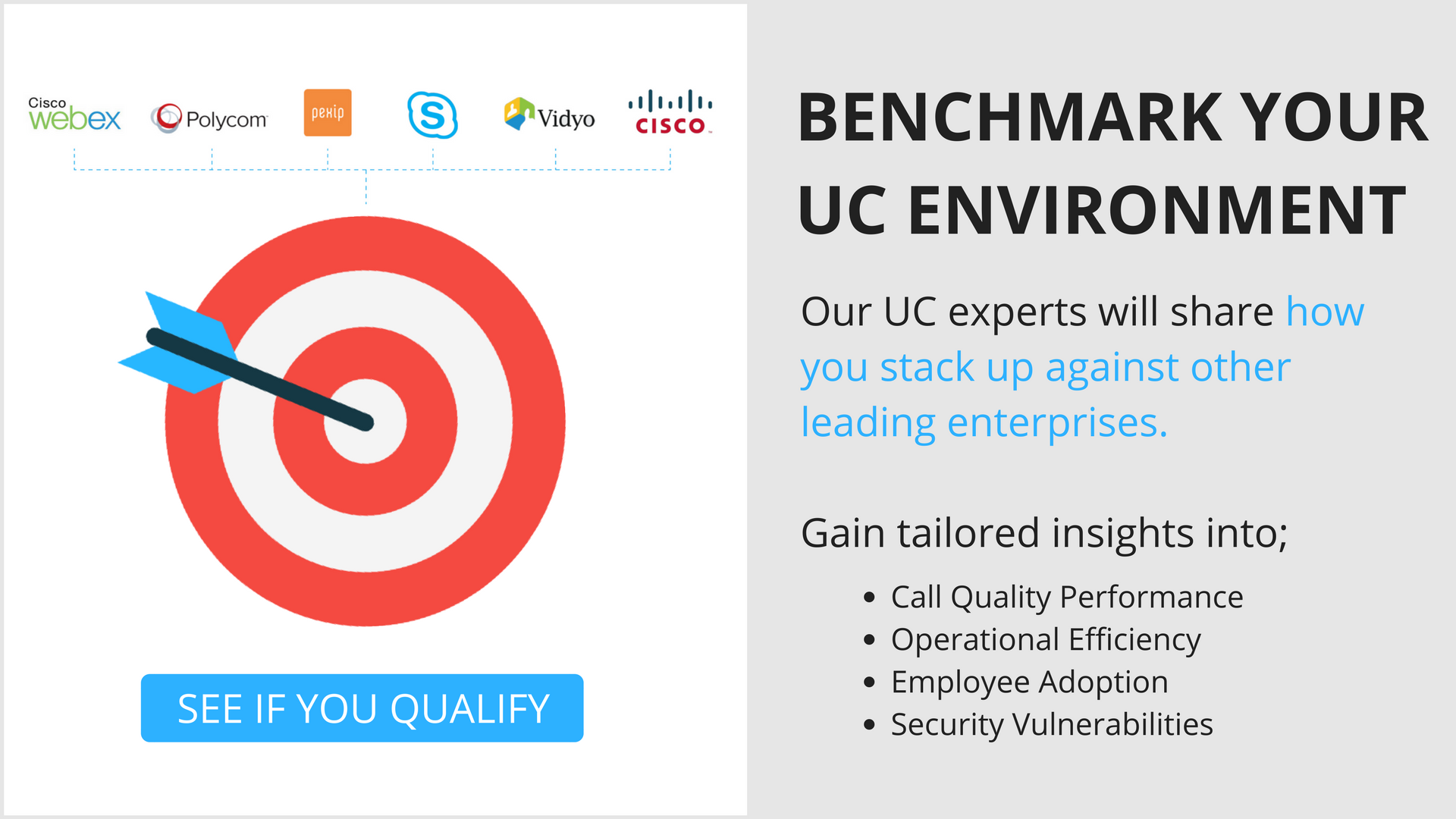The benefit of video conferencing for a business
The main impact of video conferencing for a business is that it reduces costs and can improve collaboration. Firstly, a sophisticated video conferencing system will improve company video usage and overall collaboration as opposed to a simpler telepresence solution. Additionally, video conferencing can save millions in foregone travel expenses for large companies that expand across a country or even the globe.
It should be clearly stated that you can’t really trade travel for face to face communication. If you could, cell phones, email, digital cameras, computers, and the internet would have all reduced travel drastically by now, but instead, we’ve seen a steady increase in all types of travel. Travel is the ultimate way to connect, and that will probably never change, especially for business.
The most important reason that travel is irreplaceable is that a typical business trip is not only about meetings, but spending time in the other company’s environment and getting to know the employees on a deeper level. All road warriors know that it is often the happy hours, factory tours, and business lunches where deals are made. This is particularly true when you are looking to impress clients or get to core issues of business process. For example, although they were able to reduce travel with video conferencing, employees at Accenture still found themselves on the road a lot. “You don’t learn about other cultures in telepresence…You get things from being there, over breakfast and dinner, building relationships face to face.”
Video conferencing does not typically replace big business trips or eliminate flights. Consulting firms that have implemented expensive telepresence rooms often start to max out around a 10-20% reduction in business travel. While this number could represent significant cost savings, and probably a return on your technology investment, it far from eliminates your travel budget. If business trips started and stopped in the conference room, telepresence would have wiped out travel completely. The truth is, spending time in someone’s office, taking coffee breaks together, and asking about the pictures on their desk help create a deeper bond and show dedication. These kinds of trips are here to stay regardless of technological advancements. But these trips don’t account for all the time and expenses a business can resolve with video conferencing.
Cost of video conference vs the cost of travel
Rather than thinking about the travel expense budget, video conferencing can have a bigger impact on smaller trips that are rarely considered in a company’s ‘business travel’ spreadsheet. There are all kinds of video conferencing use cases that reduce time without reducing business trips. Here are some examples:
- Doctors operating in a clean room can video conference with specialists without having to spend extra time going through the procedures to exit and re-enter
- Interviewees can hop on a video conference and cut down the amount of work they would miss to visit their prospective employer
- Students can take classes and earn credits while they are out of state for a summer internship
- Employees can work remotely or on unique schedules by keeping up with day to day meetings over video conference
Maybe video conferencing won’t save you a flight, but all those little trips down the hall or across town add up. Video conferencing is as close as it gets to face to face communication in terms of replacing meetings and project updates which allow your employees to focus more time on what they do best which will give you a nice return on productivity.
Advantages of Video Conferencing in Business Communication
Video conferencing is about letting employees use technology to take control of their day. If you want to see the real video conferencing cost benefits, it may not come in the form of airfare or hotel rooms, but rather allowing your employees to work together more efficiently on the schedules that work best for them. When it comes to business communication, productivity is the first place where you can see the real advantages of video conferencing, and you will see it all over your organization.
Video conferencing helps eliminate some of the miscommunication that we have all experienced with phone and email. The ability to read facial expressions and handle multiple calls of this quality without leaving your desk helps employees get the job done without having to circle back for clarification over and over again. Additionally, your employees can communicate this quickly and effectively with all of your offices and locations so your best specialists can lend their skills throughout your organization.
One of the biggest places where you will see the real video conferencing cost benefits, and perhaps the most unexpected, is in your ability to offer employees more flexible schedules without the old struggles to communicate over email or phone. Study after study shows that employees offered the option to work from home are not only wildly more productive without the distractions of the office, but that it is also an important factor in employee satisfaction and retention. Just for the record, it costs way more than you think to replace employees, particularly highly skilled workers. For a highly trained position, the turnover cost could be up to 213% of their salary. That is a huge number and countless hours wasted to interview, train, and start to get the same value out of a new worker that you already had in your organization.
Reducing travel is a secondary goal when it comes to determining the ROI of video conferencing. At Vyopta, we have seen this realization dramatically change video usage over and over again, and it is our mission to use companies’ own data to help them come to this conclusion for themselves. In the end, reducing travel with a video endpoint or a laptop is secondary to the other benefits it can contribute – like anytime, anywhere face-to-face collaboration within your organization.
What’s the best way an enterprise can test and scale up video conferencing or all around UC?
As businesses continue to invest more and more in Unified Communications, the need to have a sophisticated understanding of one’s video conferencing setup and landscape has become pertinent. For example, if a large enterprise aims to ensure high quality video conferencing capacity across 10 countries and 2,000 potential users, there’s a clear need to have a software in place to measure and optimize UC performance. Enter Vyopta – a software that allows you to monitor your entire UC&C environment and generate insights to improve user experience, grow adoption and optimize your investments. Learn how one global enterprise has grown video collaboration by 44% per year using Vyopta in this free Ebook.








